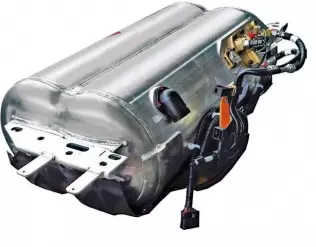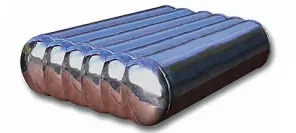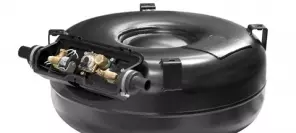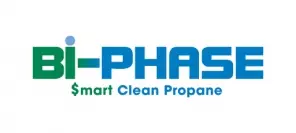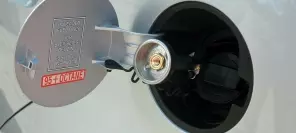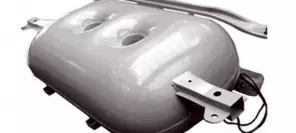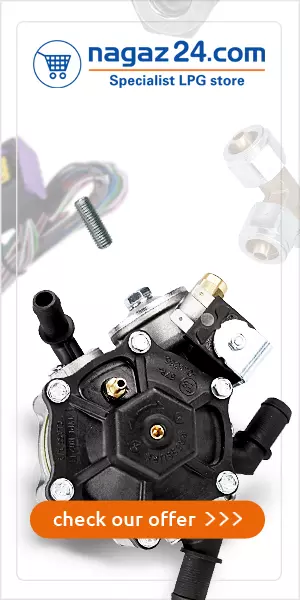- Main page
- Search
- Up to date
- Products
- Technology
- Vehicles
- Video
- Conversion Payback Simulator
Port Injection - Conversion Payback Simulator
Direct Injection - Conversion Payback Simulator
Diesel - Newsletter
Aluminum LPG tanks manufactured by PPI
 loading results...
loading results... © PPI
© PPI 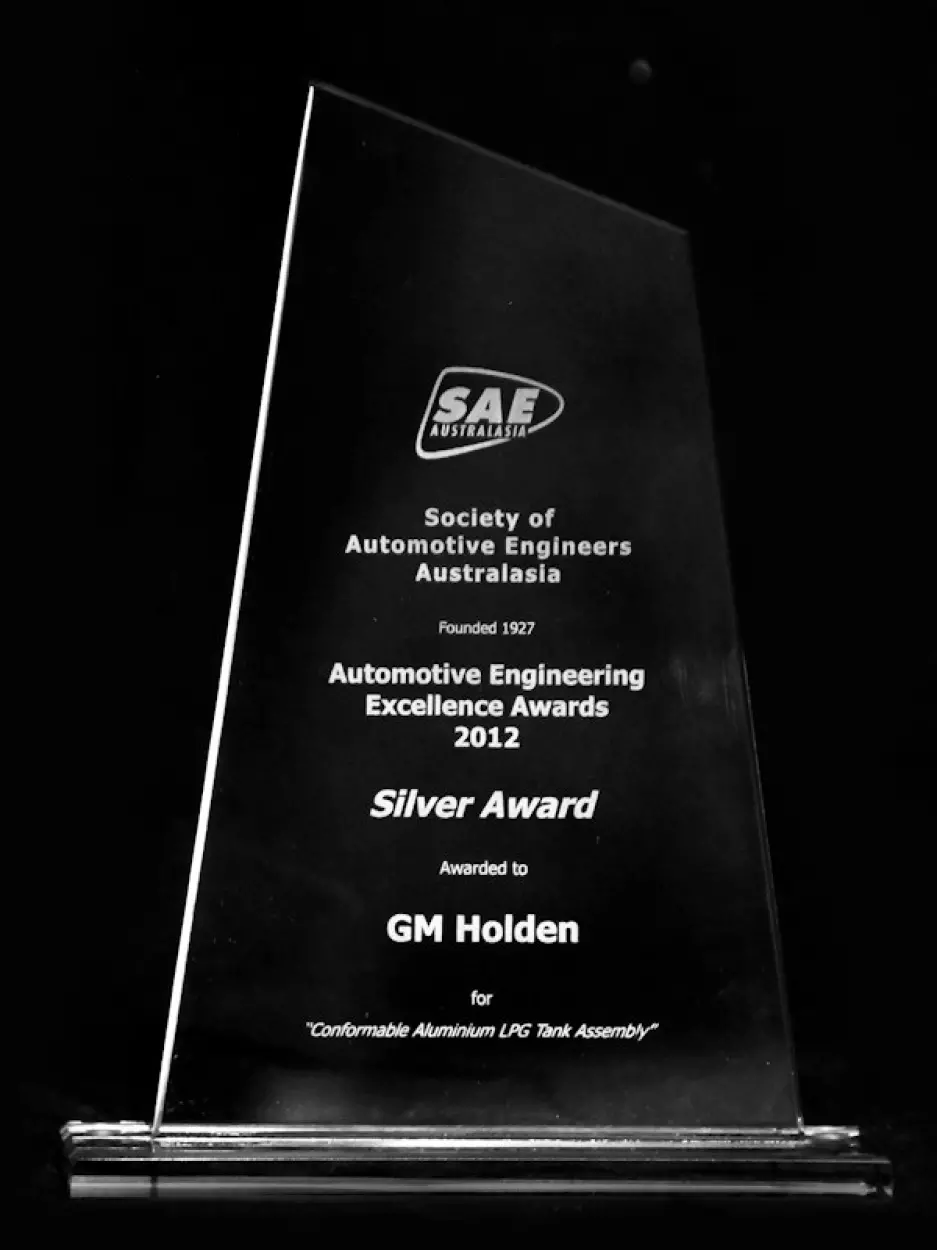 Award for GM Holden for using PPI’s LPG tanks in their cars
Award for GM Holden for using PPI’s LPG tanks in their cars 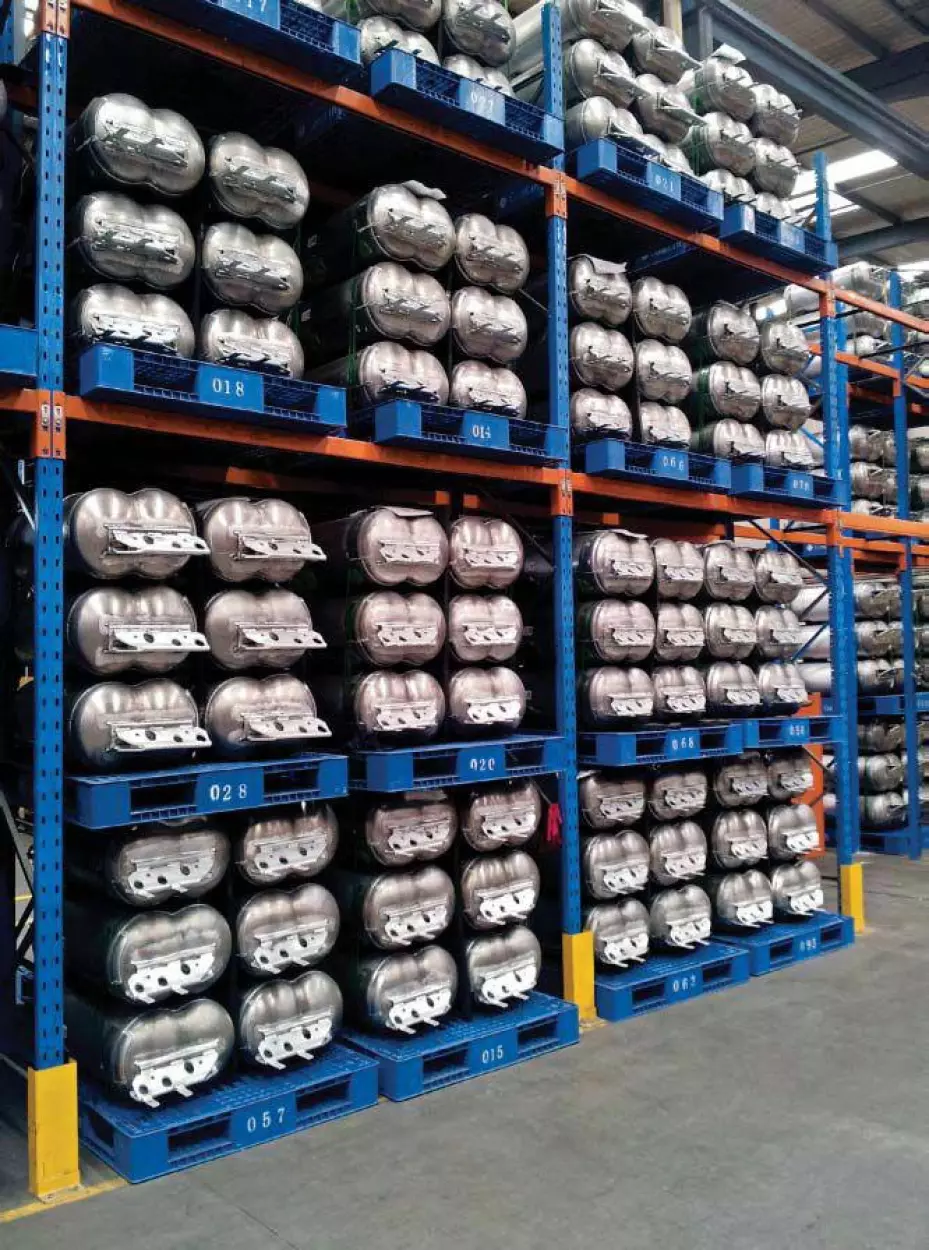 PPI’s LPG tanks
PPI’s LPG tanks 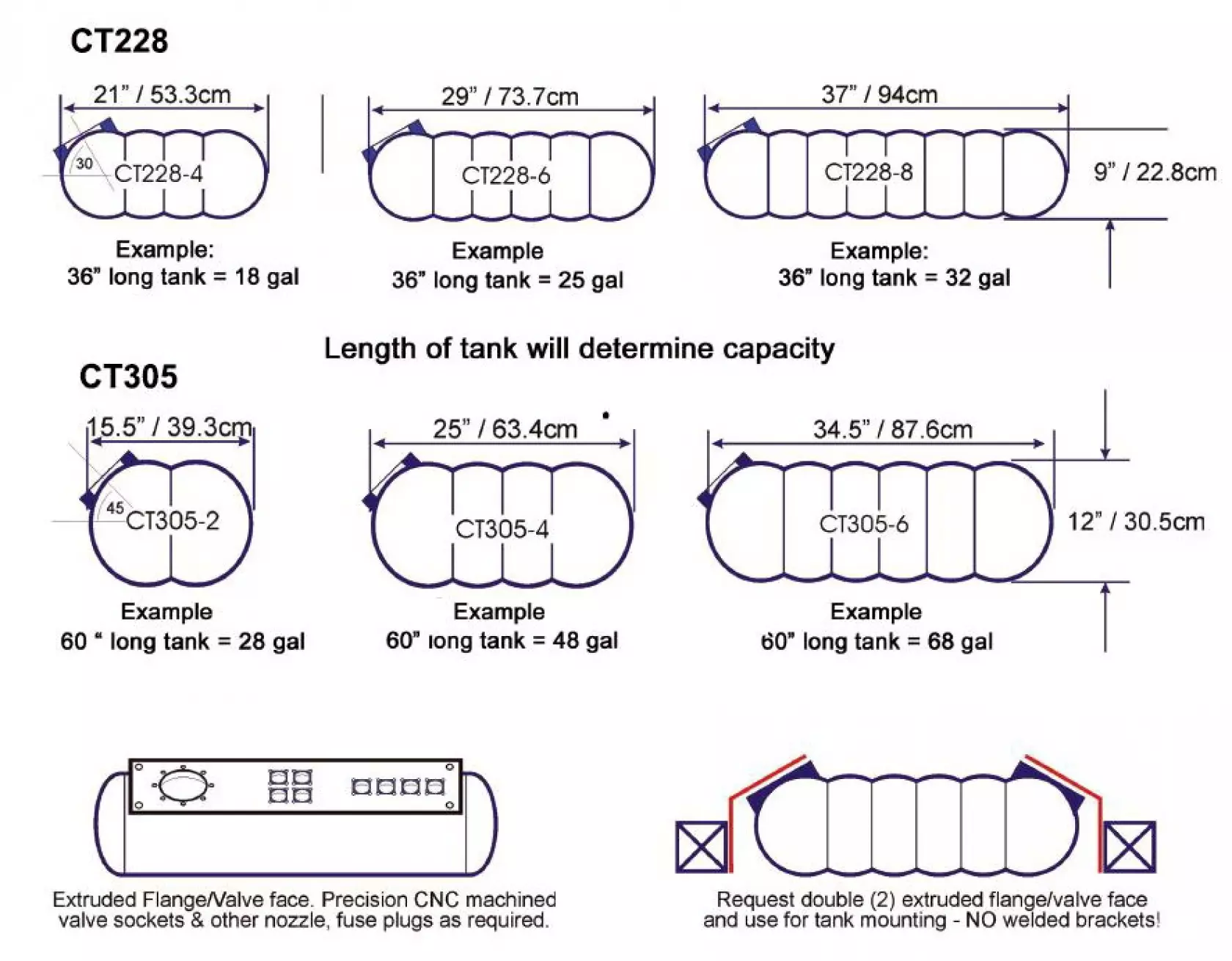 Wide range of PPI’s aluminum LPG tanks
Wide range of PPI’s aluminum LPG tanks 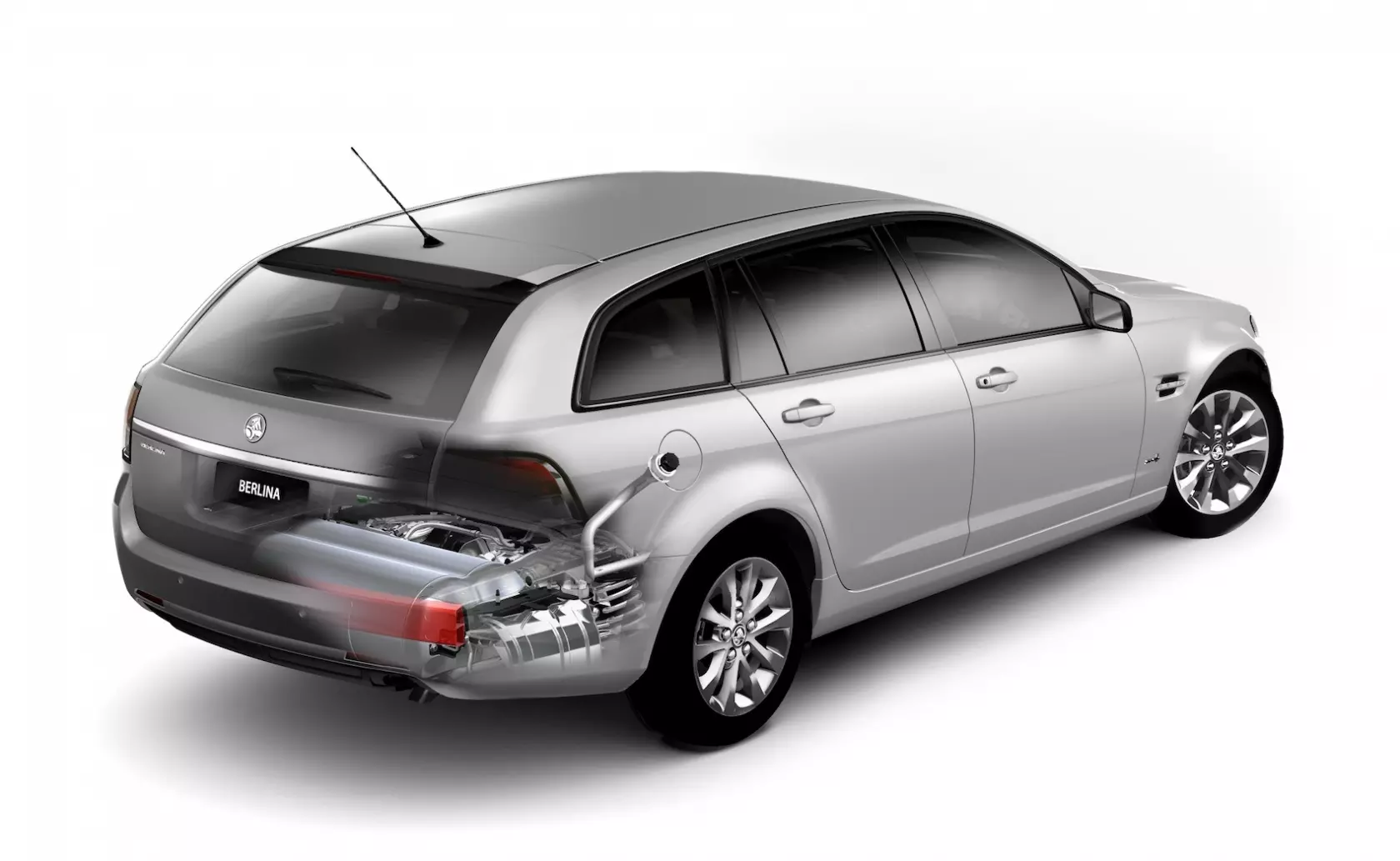 Holden Commodore LPG
Holden Commodore LPG 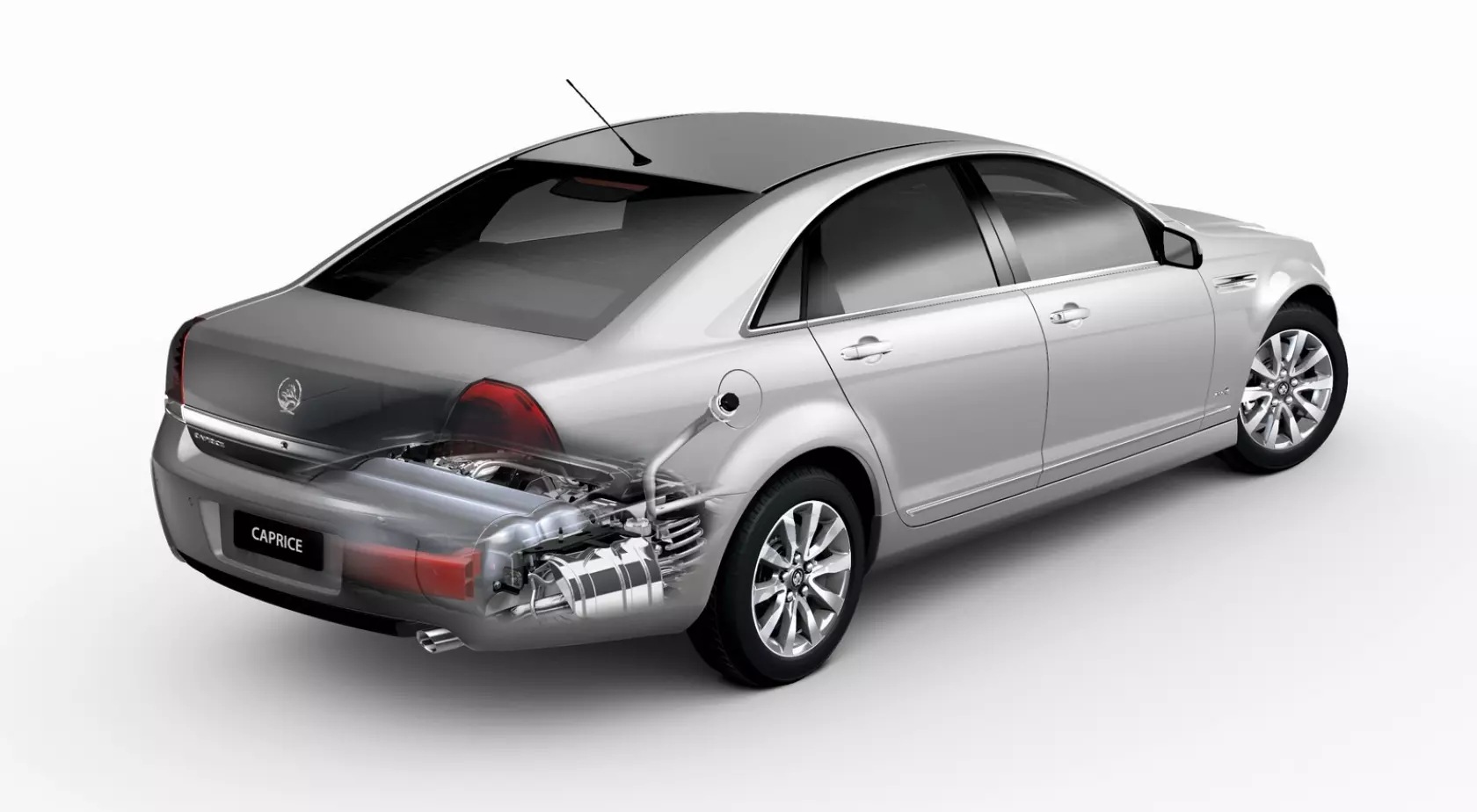 Holden Caprice with PPI’s aluminum LPG tank
Holden Caprice with PPI’s aluminum LPG tank 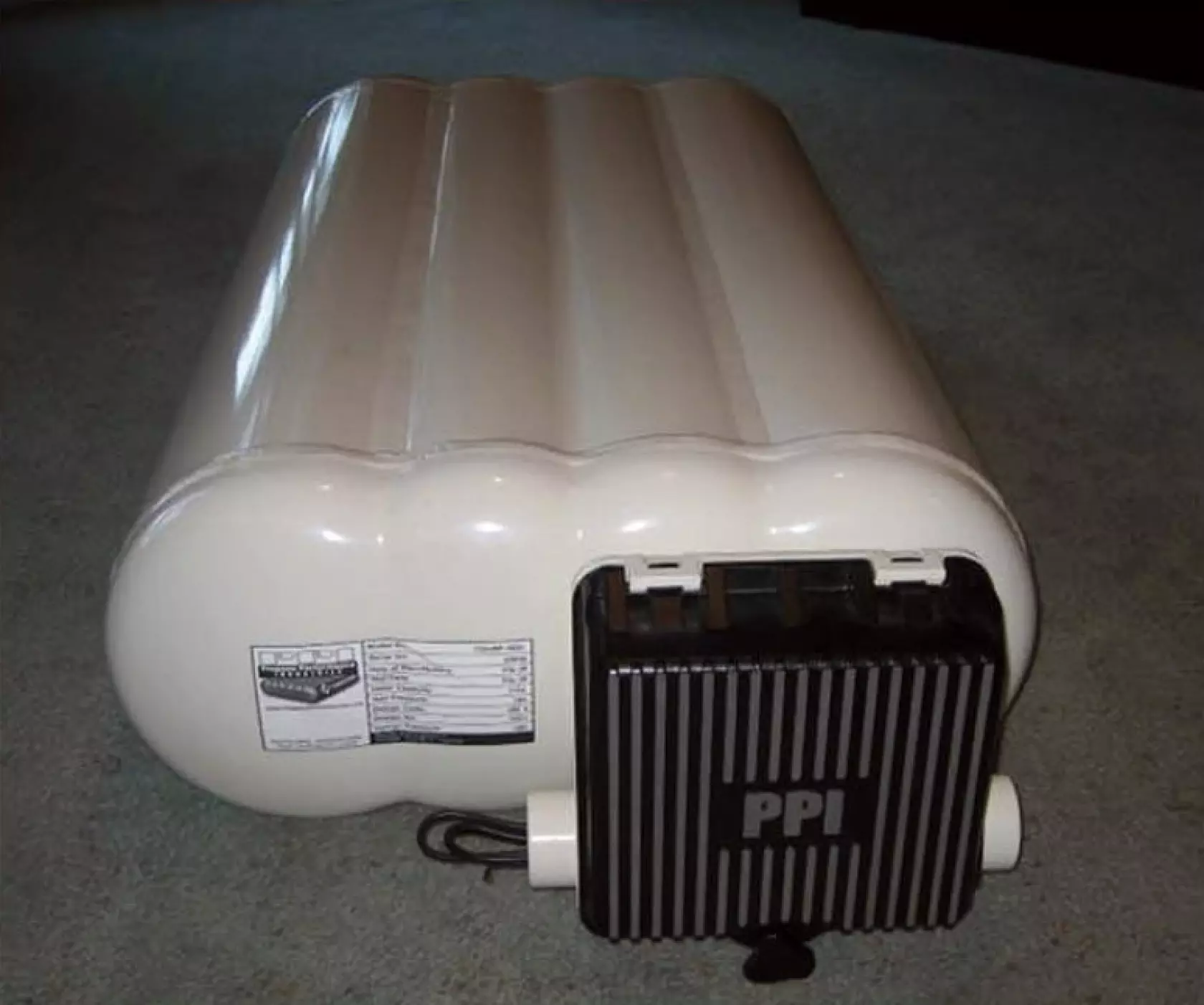 PPI’s aluminum LPG tank
PPI’s aluminum LPG tank 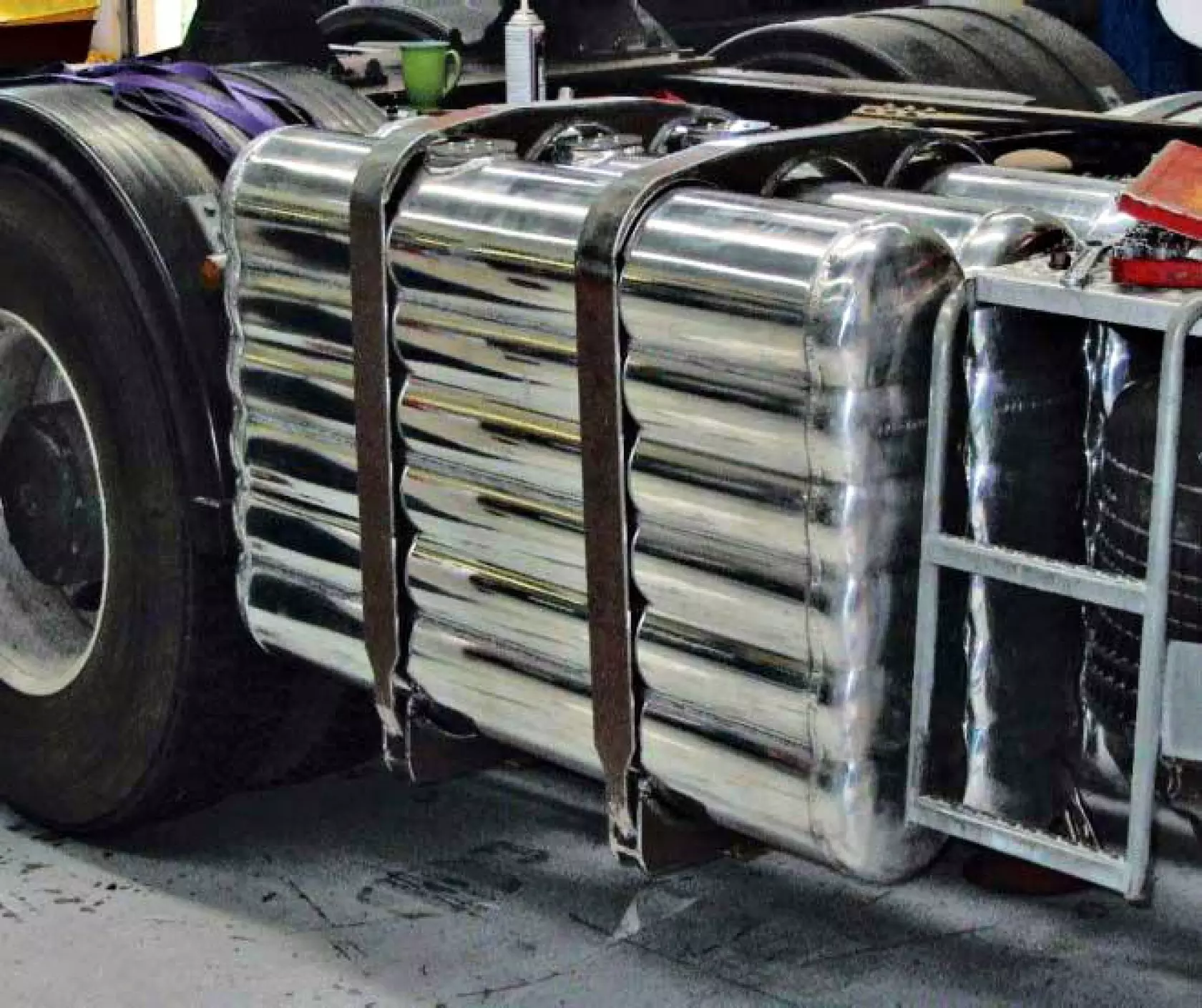 An example of using several PPI’s tanks in a truck
An example of using several PPI’s tanks in a truck 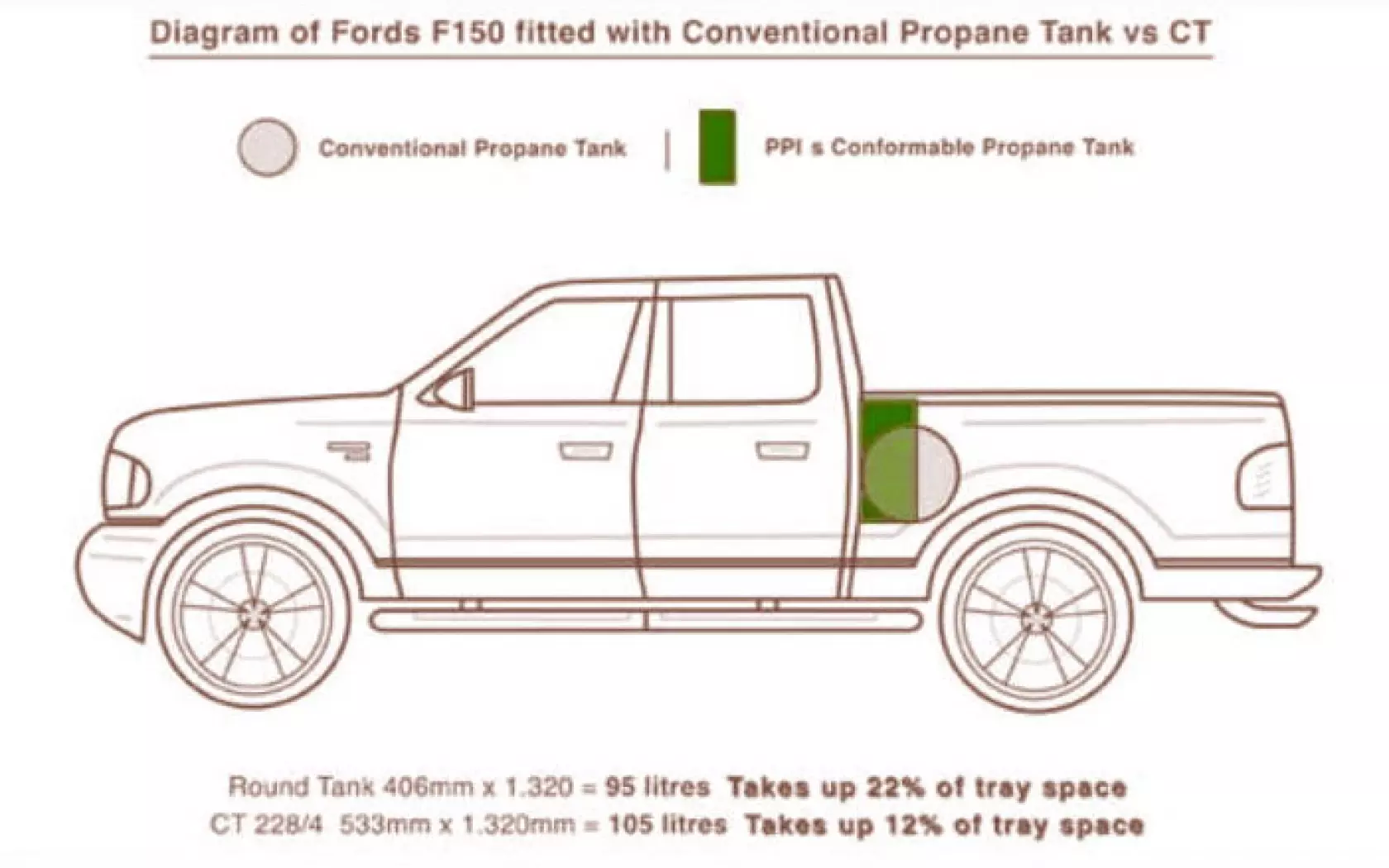 The use of PPI’s tank in Ford F-150 in comparison with a conventional cylindrical tank provides greater capacity (105 l instead of 95) with less space taken up by the tank’s housing
The use of PPI’s tank in Ford F-150 in comparison with a conventional cylindrical tank provides greater capacity (105 l instead of 95) with less space taken up by the tank’s housing 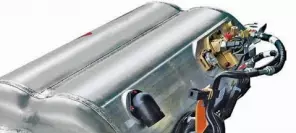








Autogas has always been stored in heavy steel containers of cylindrical shape and it’s the shape that caused them to take up a lot of space in vehicles. Large dimensions of the housing did not translate into high capacity of cylindrical tanks, which also affected the driving range.
Tanks manufactured by PPI are a combination of several (2 to 8) cylindrical tanks. This technology is called FPT (Flat Propane Tank Technology). The cylinders interpenetrate, creating a common chamber strengthened by bulkheads. Some of them are linked to the tank’s jacket to reduce the number of welded joints.
Tanks manufactured by PPI are flat and use the space inside the housing much better than the cylindrical ones. PPI tank’s capacity is about 12% greater than that of a cylindrical tank (or a group of tanks) with similar dimensions.
Good to know
PPI LPG tanks were designed by Thiokol Corporation – a company that designs rockets. The company manufactured rockets for NASA space shuttles, among others.
In 2012, GM Holden won a silver statuette at Automotive Engineering Excellence Awards, awarded by the Society of Automotive Engineers Australasia (SAE-A), for the use of aluminum LPG tanks made by PPI (see photo gallery).
An additional advantage of tanks produced by PPI is that they’re made of aluminum alloys. A more compact form and much lower weight (approximately 30% compared to a similar steel tank) make it much easier to encase the tank in a car. The use of aluminum means that the PPI tank does not limit the car’s load capacity as much as steel tanks. It’s very important, especially in commercial cars, where the load area and cubic capacity are crucial to the vehicle’s efficiency in transport.
PPI tanks’ flat shape allows them to be mounted in places where it was impossible to have cylindrical tanks. They can therefore be mounted under the car, in place of petrol or oil tanks or behind the rear seat in passenger cars, as they will limit luggage compartment space much less. In pick-ups these tanks may be mounted on open load-carrying space, in light and medium trucks they’ll fit on a frame section or between frame sections, in cargo vans they may be placed on a bulkhead or on the floor of the cargo space, whereas in trucks they’ll fit just fine behind the cab (rear wall). You may use the roof in farm tractors.
 © PPISectional view of PPI’s aluminum LPG tank. We can see the shaped connections used in the tank’s construction
© PPISectional view of PPI’s aluminum LPG tank. We can see the shaped connections used in the tank’s constructionPPI lists also other advantages of their tanks, namely higher car performance (lower fuel consumption and greater driving range due to larger tank’s capacity), less car wear (the suspension in particular, due to the car’s lower weight) and the fact the a lighter tank affects the car’s drivability much less. In addition, in the case of tanks that are installed under the car, it’s crucial that aluminum has a much greater resistance to corrosion.
PPI distributes their tanks to Australia, where since 2011 they’ve been mounted in Holden Commodore in a mono-fuel version of this car, powered only by LPG. So far, about 4 thousand of such cars were manufactured. PPI’s monthly export to Australia is more than 200 LPG tanks with a capacity of 28 gallons (about 130 liters).
The company plans to expand their sale to North America. First 120 tanks will be delivered to seven operators in the States. PPI’s tanks will be used in police cars, trucks and delivery vans. PPI plans to deliver about 2000 tanks to the US annually.
You may also find these interesting:
 loading results...
loading results...
